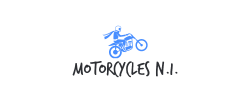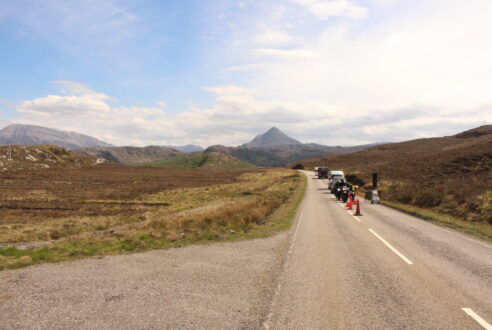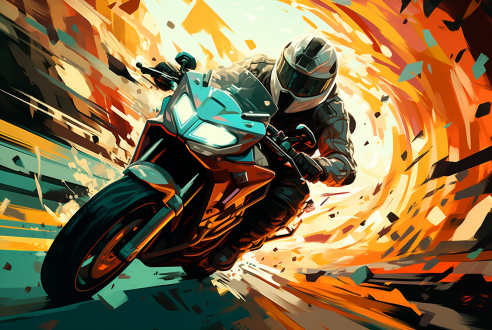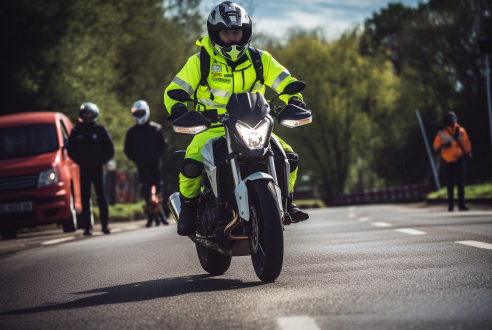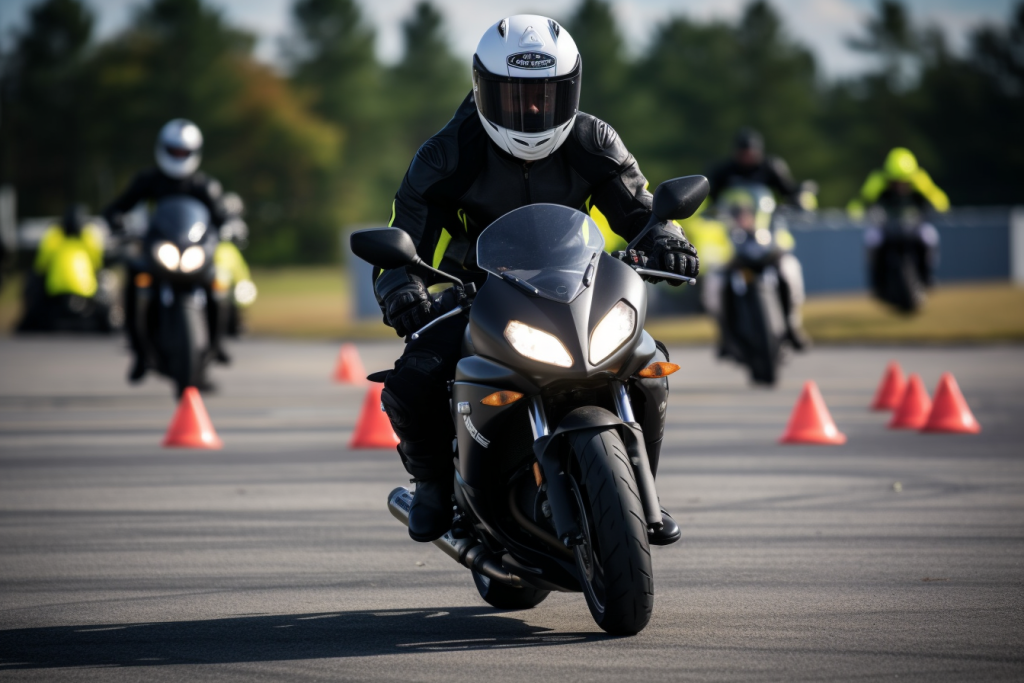
Embarking on a motorcycling journey in Northern Ireland requires understanding the process of obtaining a motorbike licence. From acquiring a provisional licence to completing Compulsory Basic Training (CBT), passing the theory test, and taking the practical tests, this article provides a step-by-step overview. We’ll also explore the importance of the Module 1 Off-Road Manoeuvres Test and Module 2 on-road test, ensuring you’re well-prepared for the challenges ahead.
Step 1: Applying for Your Provisional Licence
To begin, obtain a provisional licence by filling in a DL1 form, available at most post offices in Northern Ireland. Send the form to the Driver and Vehicle Agency (DVA) with the appropriate fee. Once approved, you’ll receive your provisional licence, allowing you to ride with an L-plate.
Step 2: Compulsory Basic Training (CBT)
Complete the CBT, a training course designed to provide essential motorcycle control skills and road awareness. Compulsory Basic Training takes a day or two to complete and must be done before riding on public roads in Northern Ireland.
Step 3: Theory Test
Before progressing to the practical tests, pass the theory test, which assesses your knowledge of road rules, traffic signs, and motorcycle safety. The theory test includes multiple-choice questions and hazard perception clips.
Step 4: Module 1 Off-Road Manoeuvres Test
Prepare for and undertake the Module 1 Off-Road Manoeuvres test, which evaluates your ability to control and manoeuvre your motorcycle in an off-road setting. The test includes exercises such as wheeling the motorcycle, slalom and figure of eight riding, slow riding, U-turns, cornering, and controlled stops. Mastering these skills is vital for safe on-road riding in Northern Ireland.
Step 5: Module 2 On-Road Test
Upon successfully passing the Module 1 test, progress to the Module 2 on-road test. This test assesses your ability to apply your riding skills in real-world situations on Northern Ireland roads. It includes various on-road scenarios, such as junctions, roundabouts, and general traffic flow, to evaluate your competence as a motorcyclist.
Motorbike Licence Categories
The type of motorbike you can ride in Northern Ireland depends on your age and licence category. Here are the categories based on age:
- AM Licence (Age 16): Allows riding a 50cc moped with a maximum speed of 28mph. This licence is obtained by completing CBT and the theory test.
- A1 Licence (Age 17 or 18): Allows riding up to a 125cc motorcycle or one with a maximum power output of 11 kilowatts (14.75bhp). This licence is obtained by passing the practical A1 test after completing CBT and the theory test.
- A2 Licence (Age 19 or older): Permits riding motorbikes with a maximum power output of 47bhp. To obtain an A2 licence, pass the practical A2 test, following completion of CBT and the theory test. Holding an A1 licence for two years automatically upgrades you to an A2 licence.
- Category A Licence (Age 21 or 24): Allows riding motorbikes without power restrictions. If you’re 21 and have held an A2 licence for two years or are 24 and starting from scratch, obtain a Category A licence by passing the practical and theory tests.
Please note that these details are specific to Northern Ireland and may vary in other regions. It’s always important to refer to the official guidelines and regulations for the most accurate and up-to-date information.
Obtaining a motorbike licence in Northern Ireland follows a structured process. From acquiring a provisional licence to completing CBT, passing the theory and practical tests, and undertaking the Module 1 Off-Road Manoeuvres Test and Module 2 on-road test, riders can confidently embark on their motorcycling adventure.
However, it’s crucial to consult the official website of the Driver and Vehicle Agency (DVA) or local authorities in Northern Ireland for the most accurate and up-to-date information regarding the motorbike licensing process.
